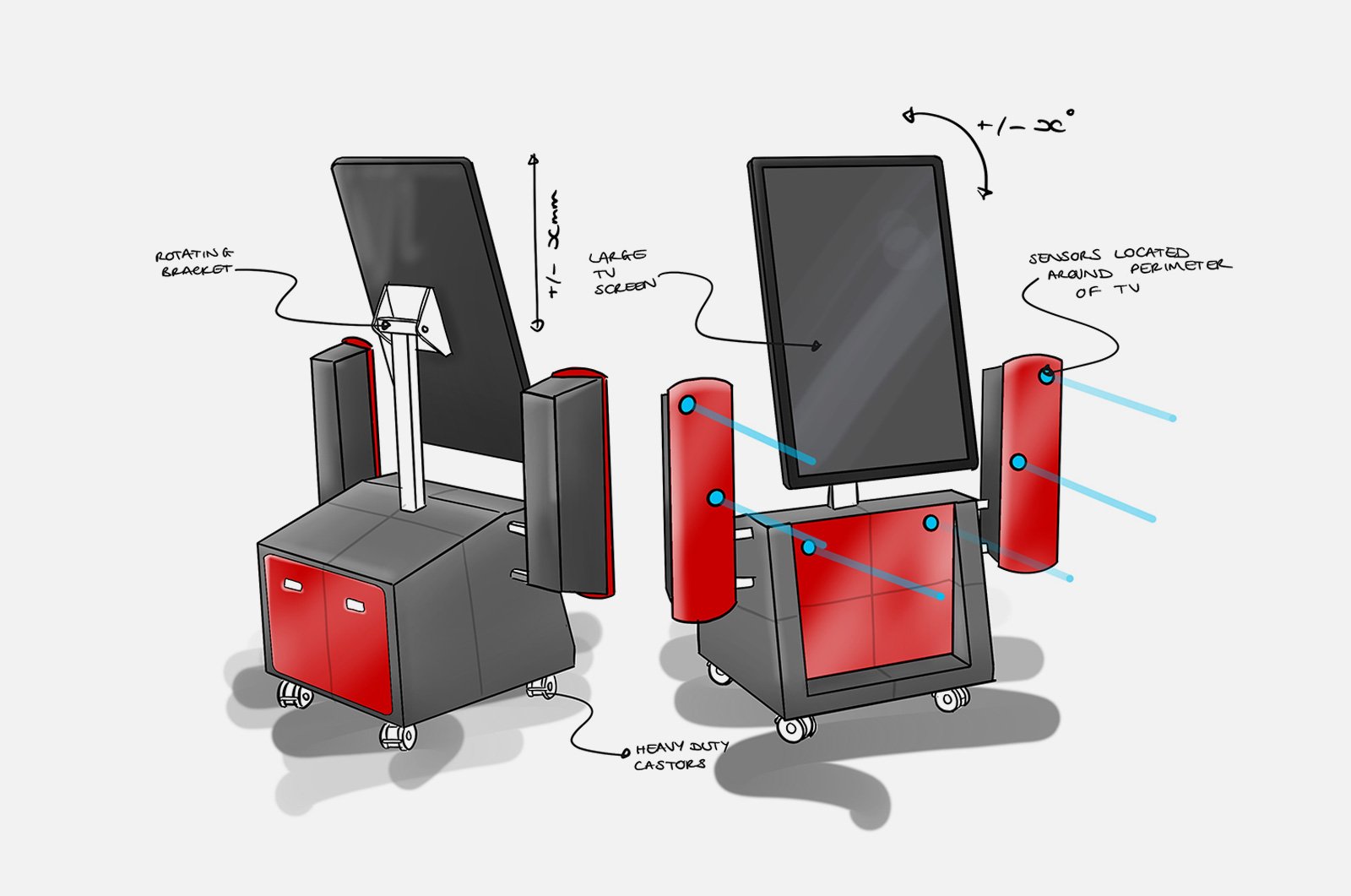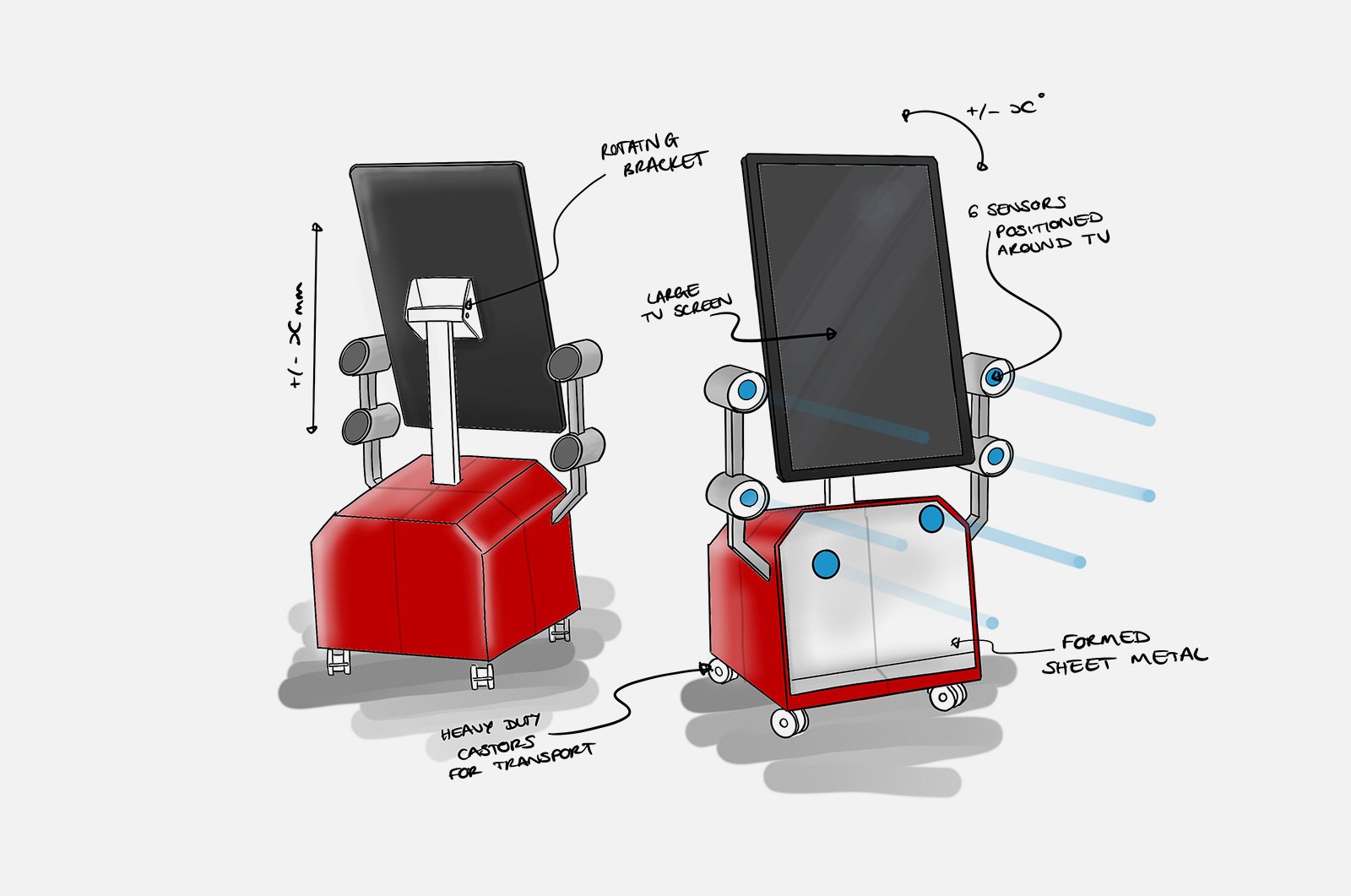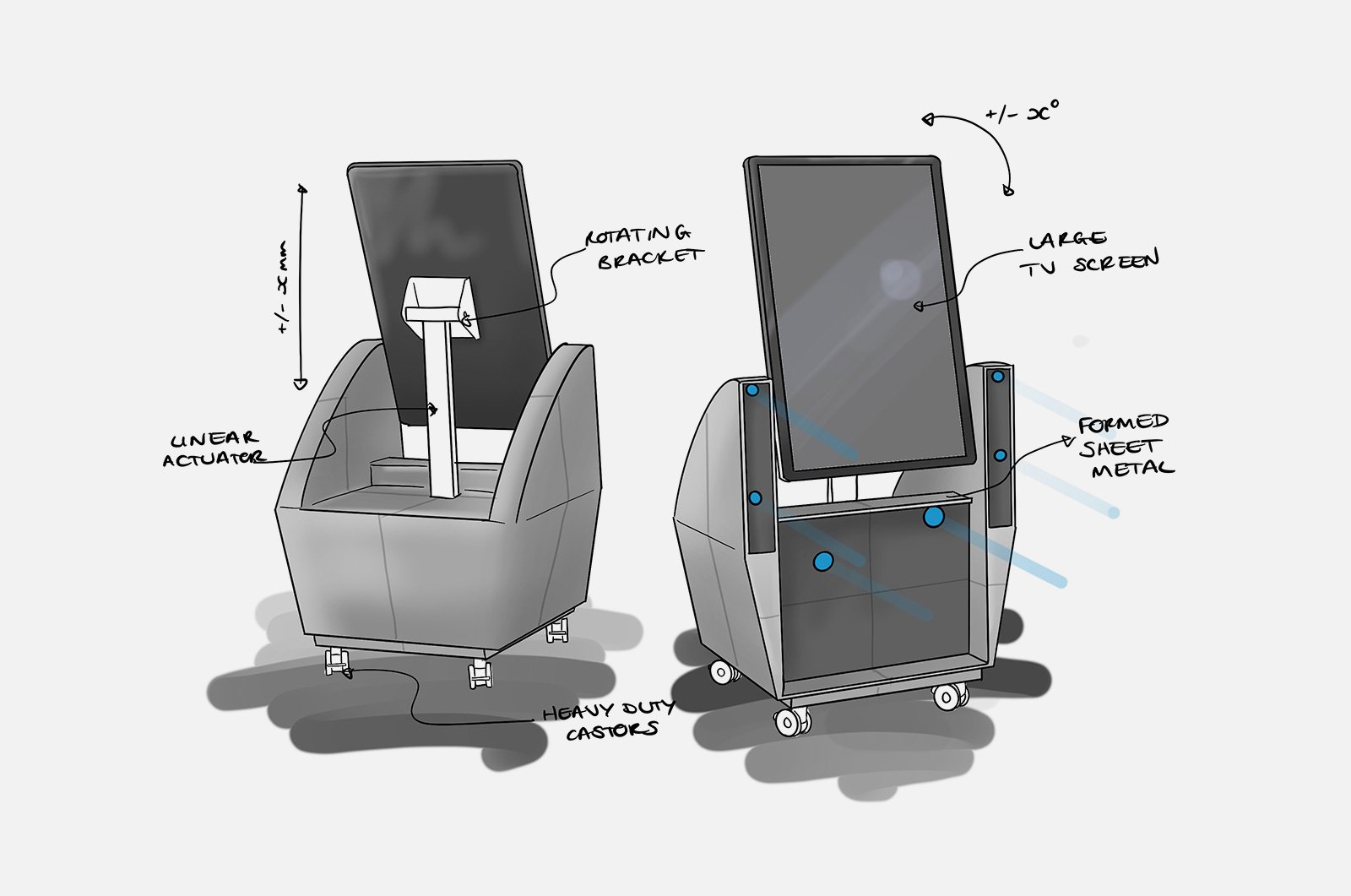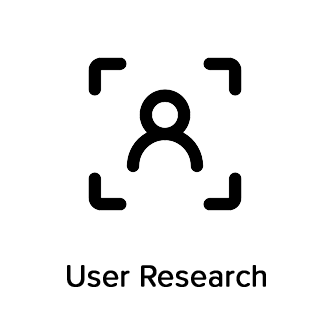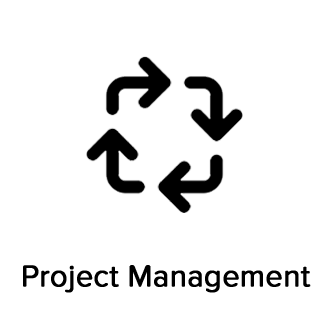Osteoarthritis is the largest cause for physical disability in the world today. Other than pain relief and lifestyle changes, there is currently no treatment or cure. However, new stem cell therapy options are becoming available that can be curative if applied at an early stage of the condition. The challenge is identifying patients who might be at those early stages.
Stages of knee Osteoarthritis
Dr Adar Pelah and his team at York University believed that motion capture and AI/Machine Learning could hold the answer. Their aim was to use motion capture technology to record the movement from many patients at known stages of the condition. They then used AI and Machine Learning algorithms to analyse the data and build up a picture of the consistent movement patterns at each stage of the condition. This data-set is the tool that can be used to reference against helping to get the early stage diagnosis.
Early design concepts
Having proved the concept through scientific research the project received funding from the Medical Research Council (MRC) Confidence in Concept (CiC) scheme. In 2010 Dr Adar Pelah approached PD-M to help develop the commercial version of the system. As the original motion capture technology used multiple cameras that needed to be fixed at certain positions this dictated a more complex system.
LiDAR camera
As the project progressed, LiDAR camera technology became viable for the system, this allowed us to use just two cameras instead of six, simplifying the design in the process.
The final design features a large 65” screen onto which the patient can see an avatar of themselves which moves in response to their movements in real-time. Due to the screen size and weight a strong steel framework was designed, with care taken for maintaining stability. The screen is vertically adjustable using an electric actuator and can also be angled for the best visibility of the patient.
Above and below the screen are the LiDAR cameras which can also be angled to get the optimum position for the motion-capture. On the backside of the unit is a fully adjustable laptop stand from which the clinician will operate the software. Since the system is intended to be used at clinics held in multiple locations it needed to be mobile, fitting into lifts and through doorways etc. and so the unit maintains a relatively small footprint and uses high-quality castors.
The system is going to be used not only with osteoarthritis but also other neuro-muscular conditions such as Parkinson’s disease. There is also huge potential for it’s application in physiotherapy thanks to the real-time nature of the motion tracking. The effectiveness of treatments and medications can be recorded and accurately measured to see improvements in patient mobility.
Currently there are three planned deployments of the system; one at the University of York being used by Dr Pelah’s research team, another at the University hospital in Cambridge gathering patient data and the last is planned for a use in a Long-Covid study in Florida. As the project progresses Dr Pelah is hoping to see a wider adoption of the system and has already received interest from various NHS trusts.
““Step-Sense is a great example of Industry 4.0 in action. A project utilising and combining emerging technologies from both hardware and data-science worlds to truly offer improved outcomes for patients. We are very proud of our role in taking this research project out of the lab and into use with patients in a hospital setting. We are really excited to see how the medical trials go and the further applications this system can have in other mobility related conditions.””



